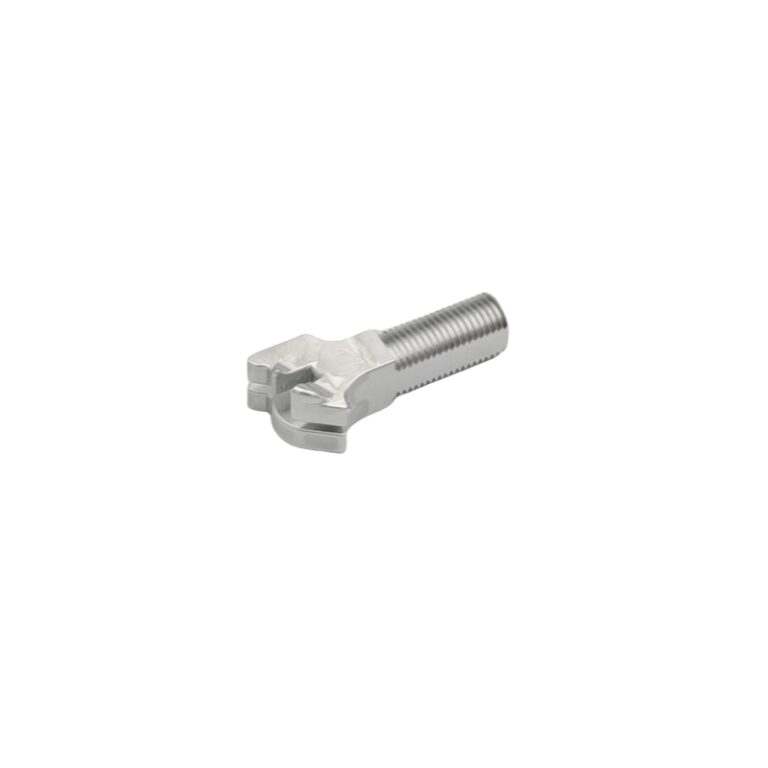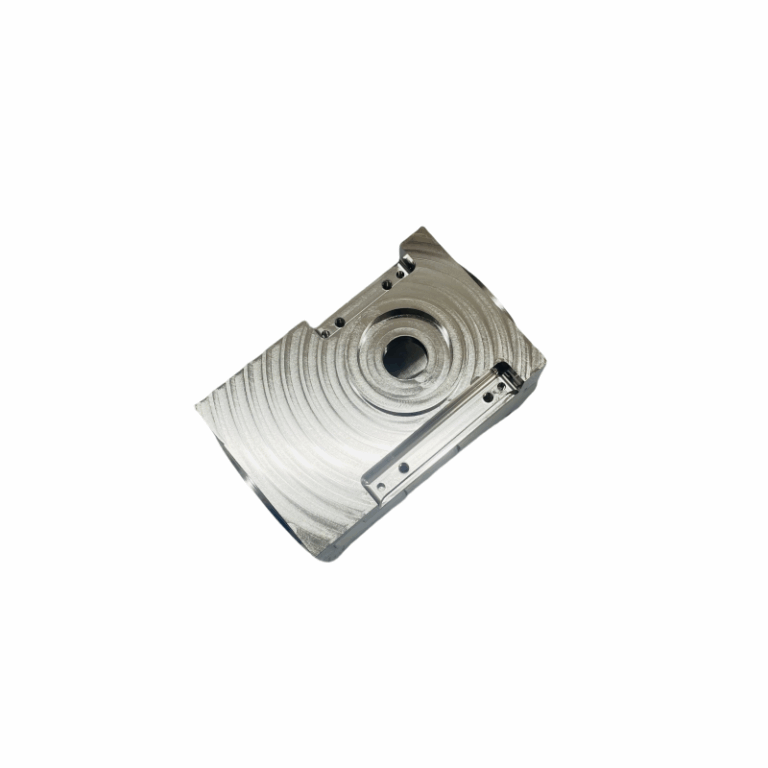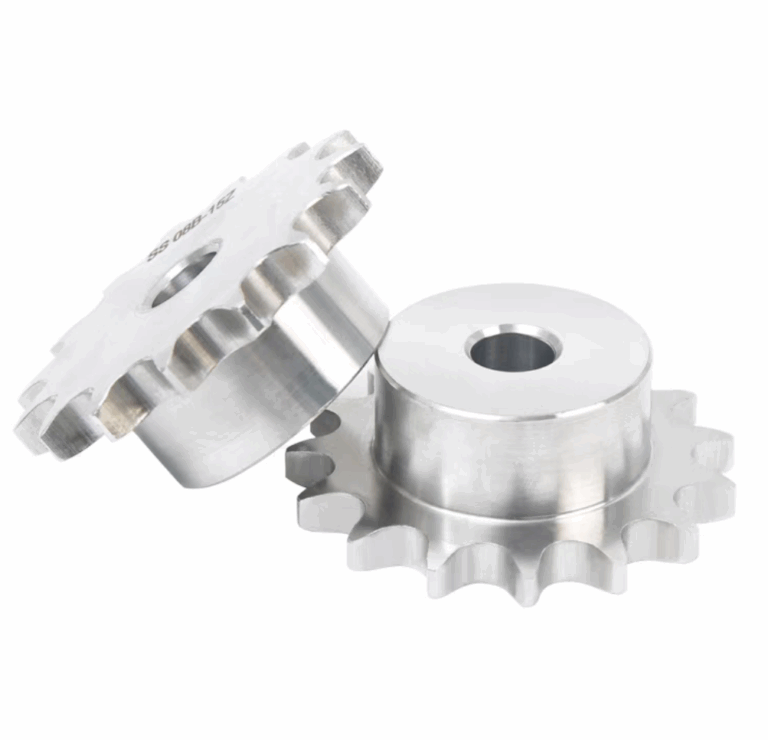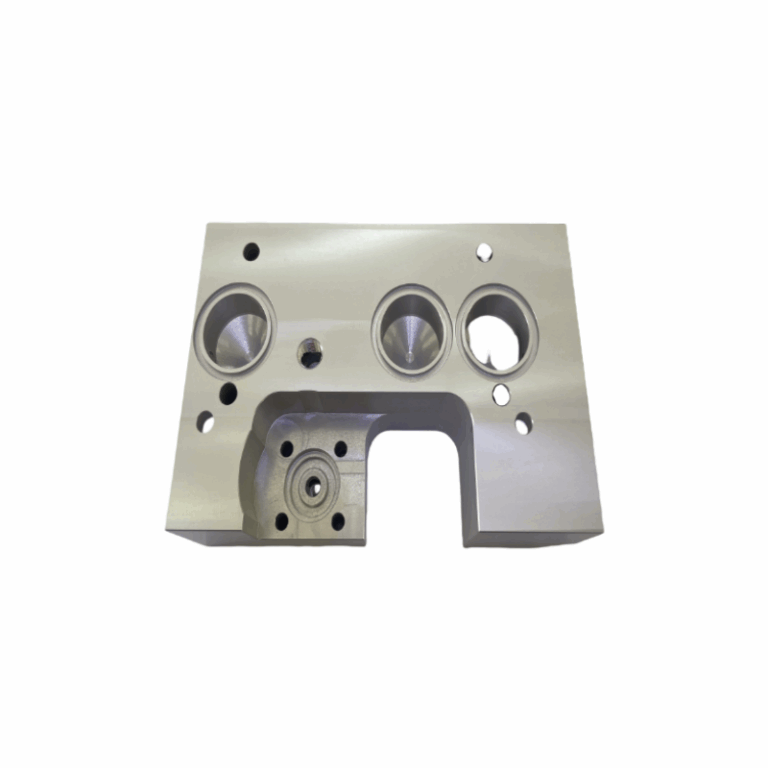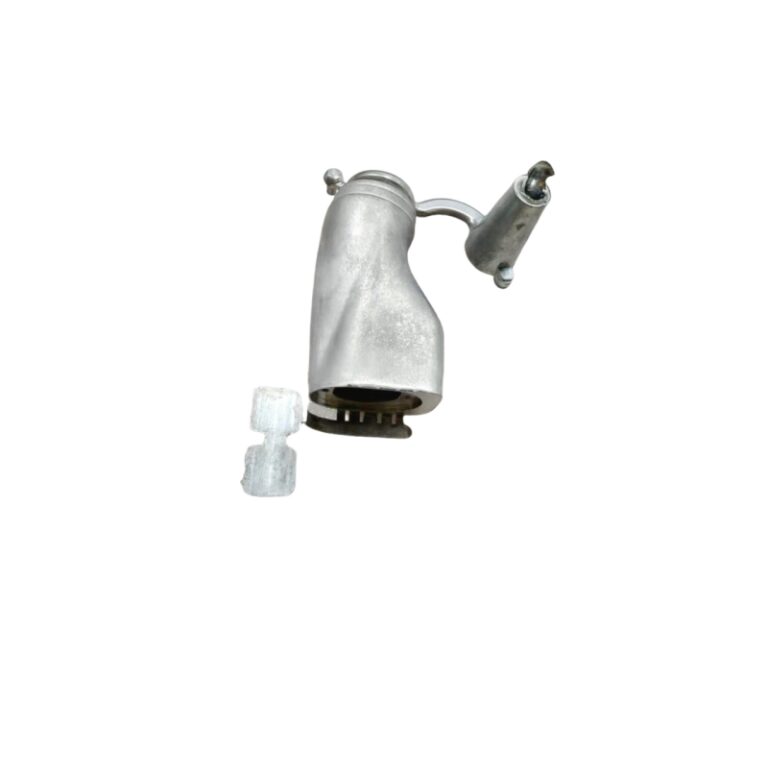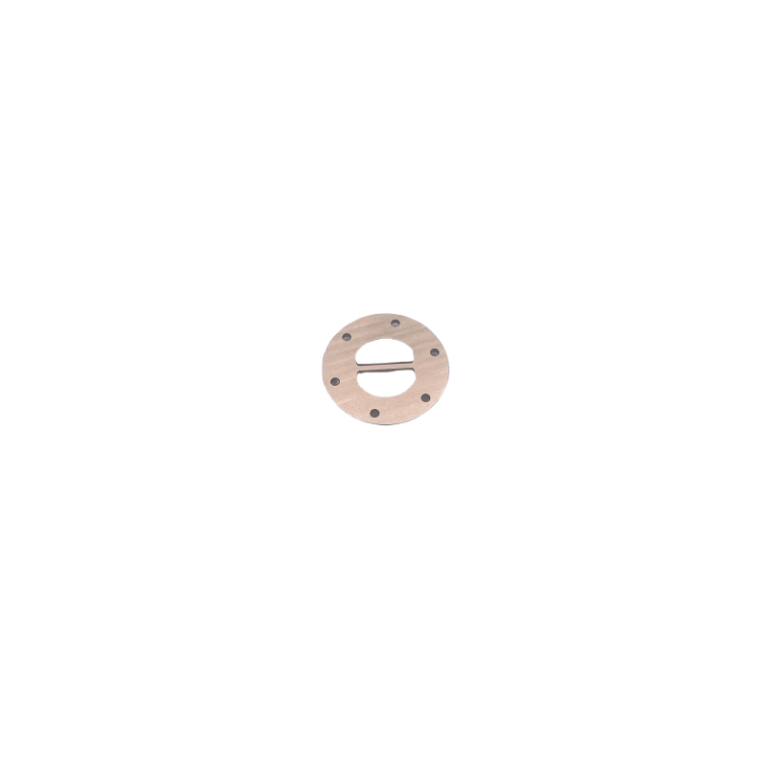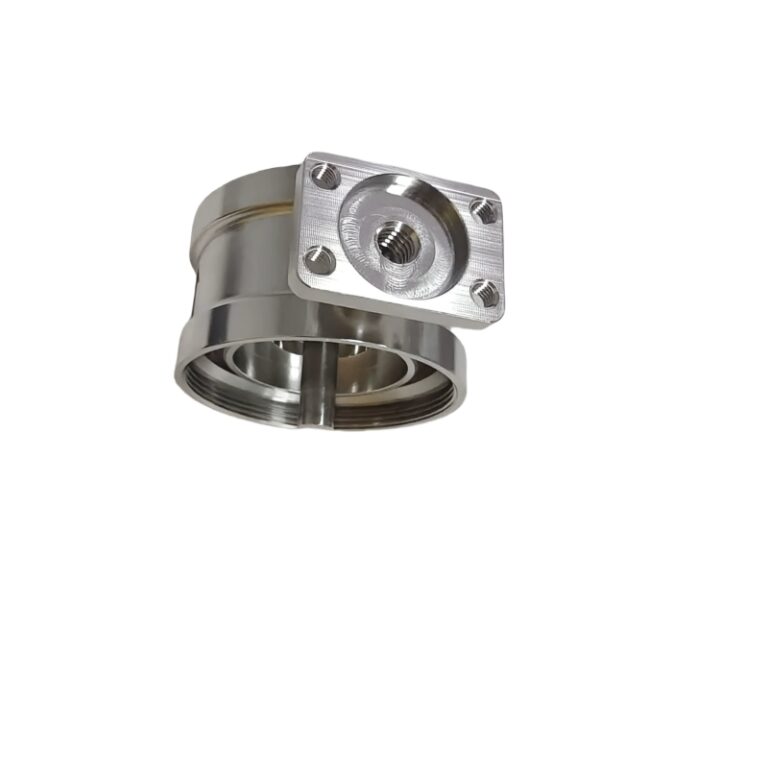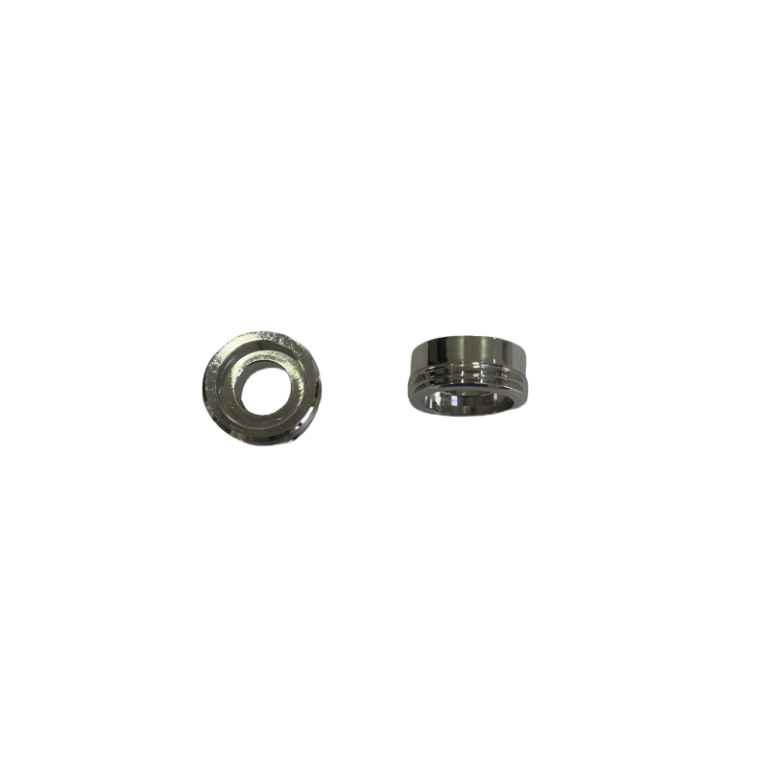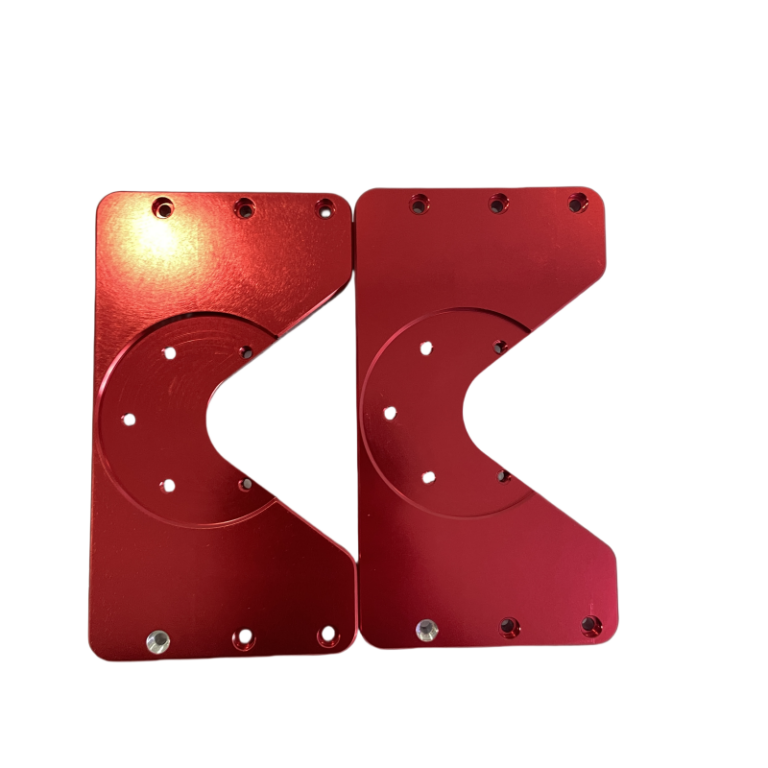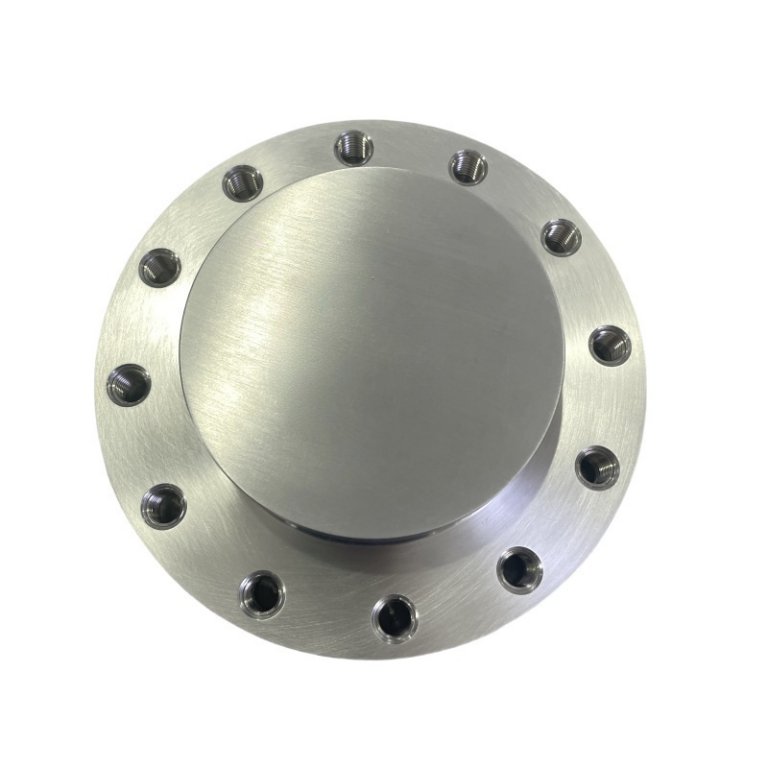Metal parts fabrication is an integral part of the manufacturing processes. It is used to make parts for every industry from small clips to airplane parts. You are using a product made from metal parts when you get in the car, pick up your phone, or use a tool. All our manufacturing systems depend on these metal parts, and without them, we wouldn’t be able to build homes, manufacture electronic devices, or keep our vehicles running. Metal fabrication can refer to metal part manufacturing processes such as bending, cutting, assembling, forming, or molding metal into desired structures.

Two Types of Metal Materials
All metal materials can be roughly divided into two categories: hard alloy and soft metal.
Hard alloy: Hard alloys consist of a metal matrix bonded together with a hard material, which makes them tougher than alloys, pure metals, or hardened steel. These metals are harder but also more brittle. In addition, cemented carbide produces cutting materials such as drills, milling cutters, chisels, etc. The temperature resistance of cemented carbide is significantly higher than that of other metals such as tungsten, steel, titanium, and chromium.
Soft metal: It is a special class of metallic materials with low hardness. Soft materials are surface-engineered materials that can act as solid lubricants for rolling and sliding applications. These soft metals reduce friction and improve resistance to wear in mechanical parts. In addition, they can strengthen and increase the life of equipment. Soft metals include gold, lead, silver, thorium, magnesium, zinc, tin, aluminum, copper, brass, and bronze.
How to Manufacture Metal Parts:
CNC machining: CNC machining is a computer-controlled manufacturing process that cuts raw material into the desired shape through a material removal process. There are many different kinds of machining operations in precision CNC machining, and you can use any of them depending on the complexity of the geometry and surface texture required. Therefore, it is the best metal part manufacturing choice for low to medium complexity and volume.
The application of CNC machined metal parts: Almost every industry in the world uses CNC machining metal parts. These parts are most important in the modern industry. The automotive, telecommunications, electrical, mechanical, and electronics industries produce a wide variety of components with the help of CNC machining. For example, CNC machining helps in manufacturing bushings, shafts, pins, rods, gearboxes, impellers, and heads.
Extrusion: This process involves pushing heated metal into a die. The die forms the shape into a tube or L-shape. With this technique, metal can be structured into more complex shapes. After extruding metal parts, they need to undergo subsequent finishing steps such as drilling, cutting, and further machining. Hot extrusion can produce larger parts and extremely complex parts, while cold extrusion can produce smaller parts with less complexity. Extrusion includes three different types of operations, hot extrusion, cold extrusion, and friction. Hot extrusion processes at high temperatures prevent the material from hardening. Cold extrusion involves room temperature because the material may have less oxidation, tighter tolerances, and be stronger. Finally, the friction process requires the use of force to push the charge toward the die.
The application of extrusion metal parts: Extrusion provides a smooth surface for painting and finishing. It is an ideal manufacturing process for cosmetics and precision parts. The aerospace and automotive industries use this process for doing their components. It can also be used for windows, railings, and flooring applications.
Stamping: the stamping process can machine shapes, images, and letters on metal sheets. Stamping processes include blanking, metal stamping, and four-slide molding. Stamping involves a variety of sheet metal processing including punching, bending, embossing, coining, and flanging. It can be a single-step operation, where you punch the metal to create the desired shape on the sheet or a multi-stage operation. The process typically uses a cold metal sheet.
The application of stamping metal parts: stamping is a process used by the electronics, appliance, and automotive industries to manufacture millions of parts every year. This process is suitable for making mass-production functional parts such as housings, brackets, and chassis. It is also a great choice for the robotics industry.
Forging: It is a manufacturing process that uses localized compressive forces to machine metal parts. It is the process of forming a workpiece by heating metal. Moreover, it is a popular automated industrial process. Forged components range in weight from a few kilograms to a hundred metric tons. Modern industries use high-strength forging machines to make metal into the desired structure. Forging fabricates stronger metal parts than casting and machining. The process is economical and produces less waste.
The application of forging metal parts: Forged metal parts are important in various industries around the world. The automotive industry uses forging metal parts for impact and stress applications such as axles, kingpins, shafts, torsion balls, etc. Besides the forging parts are popularly used in surgical tools, electrical transmissions, household hardware, and general industrial equipment.
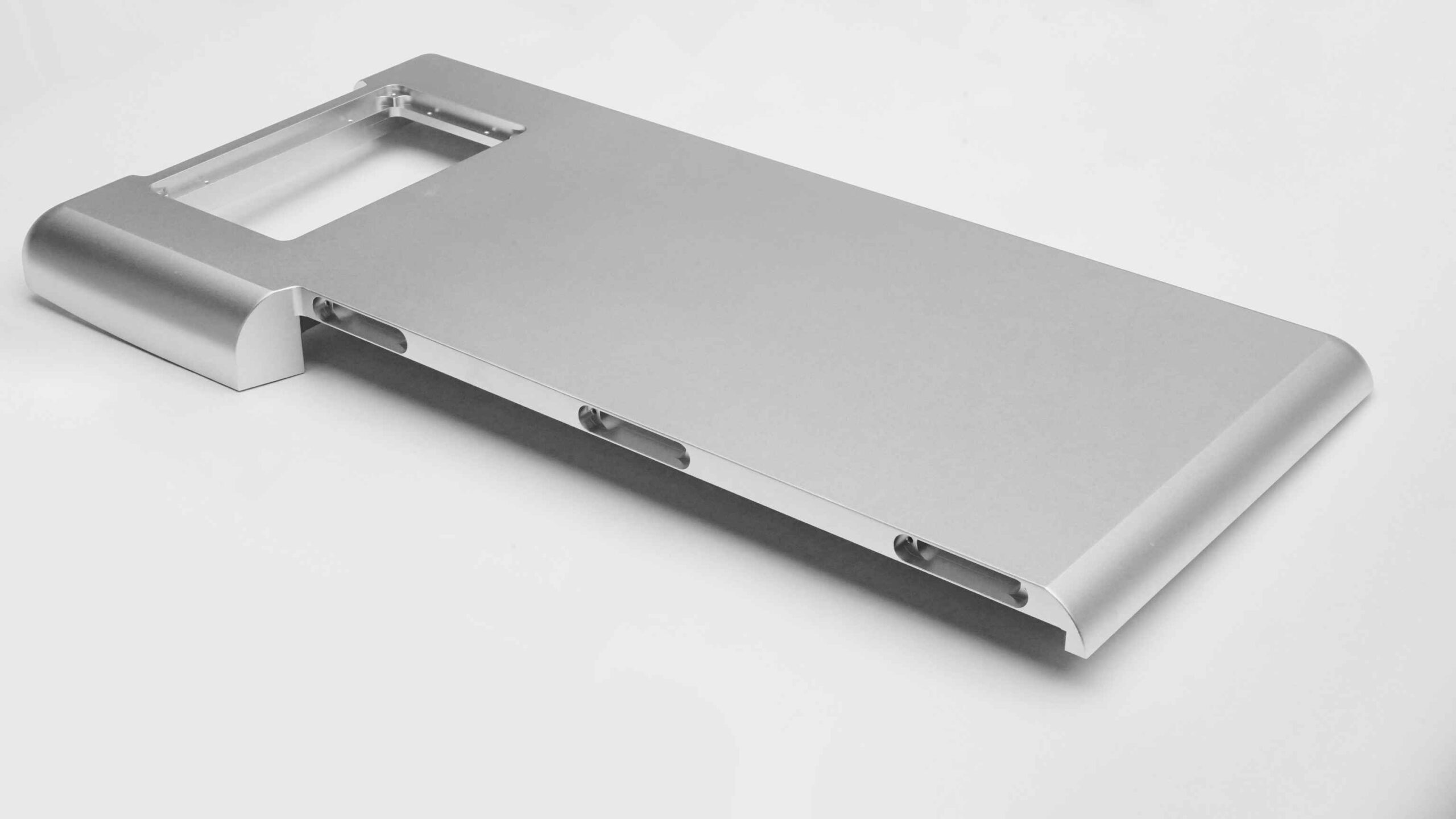
Casting: It is one of the most flexible metal parts manufacturing processes. Casting is ideal for various metal structures with complex shapes. The process pours the liquid material into a mold, which is a pre-made cavity with the desired structure.
Investment casting: Investment casting uses a wax model of the final workpiece. The wax is coated with ceramic, and once the ceramic hardens, the wax is heated and sprayed out. The hardened ceramic shell becomes the mold for the desired metal part. Molten metal is poured into the mold, allowed to cool, and separated from the mold. Investment casting can meet small-batch manufacturing needs.
Die Casting: This process uses hydraulic pressure to force liquid metal into a mold. The steel mold is manufactured in such a way that complex shapes can be produced, ensuring repeatability and accuracy as well as effectiveness. Therefore, die casting is suitable for the mass production of small and medium-sized castings with extremely high complexity.
The application of casting metal parts: The casting process is capable of manufacturing almost all mechanical equipment that is commercially manufactured today. In addition, castings are superior to CNC machining in terms of production costs, etc. This metal fabrication method is commonly used to make washing machines, metal pipes, and automotive parts.
Metal Injection Molding: during the injection molding process, metal is ground into a fine powder and then mixed with a binder material to create a raw material. The raw material is then solidified and formed into the final product. This technology is ideal for large-scale production and is cost-effective, which would otherwise be very expensive to manufacture using other methods.
The application of injection molding metal parts: This process is an innovative technology in the field of metal parts manufacturing, capable of reliably mass-producing complex parts. Many parts in many industries are produced using this technology, such as aircraft, medical equipment, accessories, decorative items, computers, office products, and household appliance components.
Metal 3D printing: metal 3D printing uses laser technology to produce metal parts. The technology is ideal when it comes to high-complexity, low-volume parts at low cost and with short lead times.
The application of 3D print metal parts: Metal 3D printing allows for the rapid and inexpensive manufacture of various industrial components. It is a great way to produce fully functional prototypes, rigid housings, piping systems, spare parts, production tools, surgical and dental implants, jewelry and decorative items, and many other modern industrial components.
The surface treatment for metal parts: the surface treatment method that applies heat and chemical treatment to metal to increase hardness and prevent rust. Some surface treatments provide environmental protection and aesthetics for metal manufacturing parts, and some treatments can also improve the mechanical and electrical properties of metal parts.
Common metal surface treatment methods include: plating, chemical coating, Chemical treatment, vacuum plating, painting, etc.
Manufacturing metal parts service at DMTC
DMTC is a leading metal parts manufacturer in China with modern technological equipment. Our professional team always brings new ideas and innovations to help you finish manufacturing custom metal parts. We also have impeccable prototyping and machining services that have delivered metal parts all over the world. From small-batch metal parts manufacturing to high-volume production, we provide high-quality metal parts at competitive prices.
DMTC obtained ISO 9001:2015/AS 9100D and IATF 16949:2016 certification. We own 26 CNC machining machines and 5 CNC lathes, 7 pieces of test equipment including a Coordinate Measuring Machine, Video Measuring Instrument, Hardness Tester, and Altitude Meter. DMTC also has a professional team that provides a one-stop solution service. So, if you are looking for a metal parts manufacturer, DMTC is a good choice. Get fast manufacturing with DMTC manufacturing!

